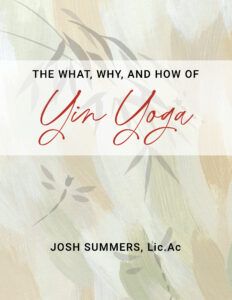First and foremost, you will notice that the format of this Minute has been spruced up a bit. Many thanks to Dana Busch for her artistic design!! Soon, also, there will be an archive of theseMinutes on my website. So stay tuned.
In this Minute, I’ll be continuing to examine a theme that was introduced in my last Minute, The Resolution of Self. In that newsletter, I described the meditative process as one whereby we begin the practice from a sense of self-agency, but how, as the meditation unfolds, that sense of self ultimately resolves into its constituent elements, namely the five khandas, or clinging aggregates (body, feelings, perceptions, mental formations, and consciousness).
Over the next several weeks, I’ll be inviting you to contemplate each of these aggregates, individually and collectively. And we’ll begin with the most obvious, the body (kaya).
To be clear, in the context of these contemplations, the Buddha is inviting us to examine the materials from which we build our sense if I-am-ness. The Buddha is not discrediting the felt sense of that entity; rather, he’s questioning it’s assumed solidity and seeming immutability. In the words of Stephen Batchelor, the Buddha is asking us to contemplate how we tear, “a conditioned thing out of the matrix in which it lives and [raise] it to the status of an unconditioned truth.” Or, to see how we pluck a momentary and conditioned experience (bodily sensation) and mold that experience around an assumed owner.
In the Buddha’s own words:
“Bhikkhus [someone practicing the dharma],suppose that this river Ganges was carrying along a great lump of foam. A man with good sight would inspect it, ponder it, and carefully investigate it, and it would appear to him to be void, hollow, insubstantial. For what substance could there be in a lump of foam? So too, bhikkhus, whatever kind of form [body] there is, whether past, future, or present, internal or external, gross or subtle, inferior or superior, far or near: a bhikkhu inspects it, ponders it, and carefully investigates it, and it would appear to him to be void, hollow, insubstantial. For what substance could there be in form [body].” (SN 22:95, III 140-42)
So in practice, consider a closer examination of the play of physical sensations: the swelling and contracting of the breathing, the various aches, itches, twitches, vibrations, rushes, pulses… and notice, within that matrix of flux, if there is anything stable, solid, and permanent.
Originally published on February 11, 2012

